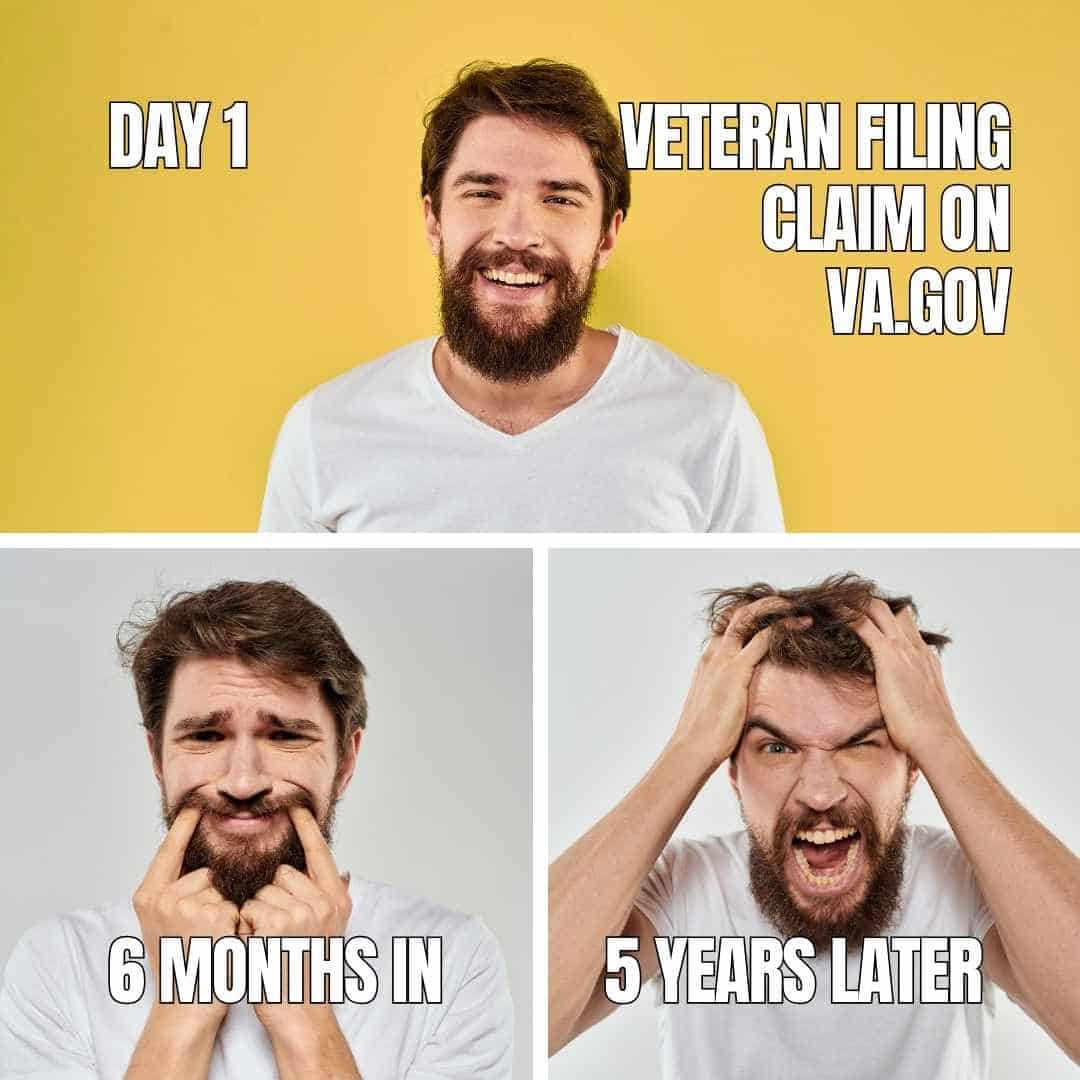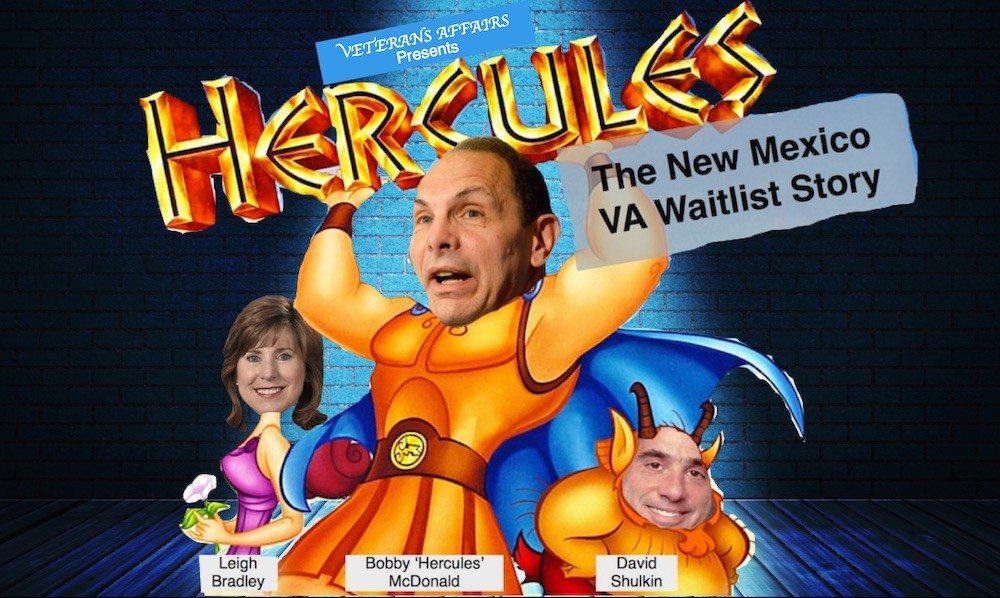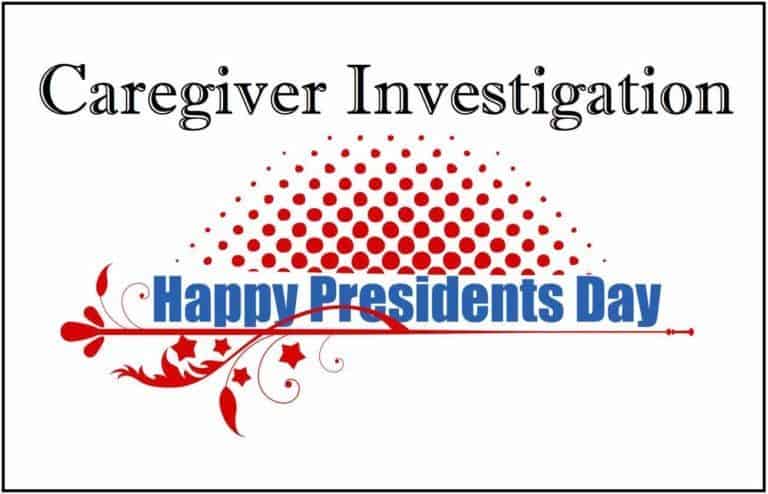VA.gov Glitch Causes Massive Delays in Veterans’ Disability Claims – VA Issues Apology
Veterans Affairs (VA) officials “deeply” apologized last month after disclosing the disability claims of roughly 32,000 disabled veterans were delayed due to VA.gov website glitches.
VA Press Secretary Terrance Hayes said the disability claims glitches were related to the online filing of disability claims and dependency status filed on VA.gov. Hayes promised veterans affected would be contacted, promising VA is “taking immediate action to resolve these issues.”
“While these issues were limited to a small percentage of veterans, it’s unacceptable for even one veteran to be delayed due to technological issues — and we will make sure that no veteran’s benefits or appeals are negatively impacted by our errors,” Hayes said. “We deeply apologize to all impacted veterans, and we will ensure that they get the benefits and appeals decisions that they deserve.”
Not widely known is that VA extended its PACT Act filing deadline because of veteran complaints about the VA.gov online processing system.
VA’s apology reminds me of an “I’m sorry,” I heard once some time ago on South Park after an oil spill, but I just can’t think of it right now.
Roughly 32,000 of the veterans were already notified in August about disability claims submitted using VA.gov where the website did not process the claims, with some errors dating back to 2018. Some of the veterans received letters from VA informing them that their claims had not been processed.
The notice letter VA sent out provided a bit of insight but not much.
“The Department of Veterans Affairs is sending this letter in response to an issue identified which may have resulted in a failure to establish a claim based on your past submission through the … platform VA.gov.”
It could be that veterans are hung up in issues related to the enormous VA IT update contract vehicle costing taxpayers tens of billions of dollars. Around 2018, as part of the Digital Modernization, the agency relaunched its VA.gov website to enhance veterans’ digital experiences.
And enhanced it was, so much so that some veterans have apparently waited 5 years for their disability claims to get processed by the agency. At least now they know why they’ve been waiting five years. Because either VA or one of its contractors failed to do something correctly the first time.
VA also just announced almost 57,000 veterans’ claims were delayed due to a different IT glitch impacting disability compensation claims involving adding and removing dependents dating as far back as 2011.
The VA.gov changes were likely part of a massive $22 billion digital refresh at VA that started in 2016.
RELATED: VA Awards Shocking $22 Billion IT Contract T4NG (2016)
The 2016 T4NG $22 Billion Contract
VA rolled out its Transformation Twenty-One Total Technology Next Generation (T4NG) contract vehicle in 2016.
When it first came out, T4NG was a Multi-Agency (MAC) Indefinite Delivery/Indefinite Quantity (IDIQ) Multiple Award Task Order (MATO) contract with a base ordering period of 5 years and one 5-year option period, with a program ceiling of $22.3 billion. The contract was being managed by VA’s Technology Acquisition Center in Eatontown, New Jersey.
At the time, the T4NG contract was intended, in part, to support then-Secretary Robert McDonald’s MyVA initiatives:
“This T4NG award is one of the many ways the Department is supporting the MyVA breakthrough initiatives by directly providing the technology that our Veterans need to support the services they receive from VA,” said Secretary Robert McDonald. “The T4NG will help meet and strengthen VA’s long-term technology needs.”
The contract was awarded to 10 Service-Disabled Veteran Owned Small Businesses (SDVOSBs), with 2 awards going to small businesses and 9 awards going to large businesses. The following firms were awarded contracts, and many of these firms were acquired after the contracts were awarded:
- AbleVets, LLC, Centreville, VA – SDVOSB
- Accenture Federal Services, Arlington, VA – Large Business
- B3 Group, Inc., Fairfax, VA – SDVOSB
- Booz Allen Hamilton, Inc., Red Bank, NJ – Large Business
- Business Information Technology Solutions, Inc., Falls Church, VA – SDVOSB
- BY LIGHT Professional IT Services, Inc., Arlington, VA – Large Business
- CACI-ISS, Inc., Chantilly, VA – Large Business
- Ellumen, Inc., Arlington VA – Small Business
- Favor TechConsulting, LLC, Richmond, VA – SDVOSB
- Halfaker & Associates, LLC, Arlington, VA – SDVOSB
- HMS Technologies, LLC, Martinsburg, WV – SDVOSB
- Information Innovators, Inc., Springfield, VA – Large Business
- Intelligent Waves, LLC, Reston, VA – SDVOSB
- International Business Machines, Corp., Bethesda, MD – Large Business
- Kforce Government Solutions, Inc., Fairfax, VA – Large Business
- Liberty IT Solutions, LLC, Herndon, VA – SDVOSB
- Nester Consulting LLC, dba GovernmentCIO, Columbia, MD – SDVOSB
- SRA International, Inc., Fairfax, VA – Large Business (Owned by CSRA)
- Systems Made Simple (SMS), Syracuse, NY – Large Business (Owned by Lockheed)
- The Informatics Applications Group, Inc., Reston, VA – Small Business
- TISTA Science and Technology Corp., Rockville, MD – SDVOSB
After T4NG was awarded, many of the smaller companies were purchased by the larger firms:
- Liberty IT was acquired by Booz Allen where Booz received a combined haul of $3.9 billion in obligations under T4NG. (2021)
- Halfaker and Associates was purchased by SAIC. (2021)
- AbleVets (2019) was acquired by Cerner which was acquired by Oracle in 2022.
- Ellumen Inc was acquired by American Communications Solutions (ACS), LLC (2018)
- Favor TechConsulting LLC was acquired by Sagewind Capital (2022)
- B3 Group was acquired by Octo (2022)
- Business Information Technology Solutions (BITS) was acquired by Cognosante (2016)
- BY LIGHT Professional Services was acquired by Sagewind Capital (2017)
- HMS Holdings acquired by Veritas Capital-backed Gainwell Technologies (2020)
- Information Innovators acquired by Salient CRGT (2017)
- Kforce Government Solutions acquired by ManTech (2019)
- The Informatics Applications Group acquired by Agile Six (2017)
The 2023 T4NG Generation 2 $60 Billion Contract
This year, VA unveiled a draft for a T4NG 2 contract vehicle for another $60 billion to continue updating VA’s systems.
The draft for this new contract with a $60.7 billion ceiling went out on Friday, Jan. 13 (yes, Friday the 13th). Comments are due this coming Friday, Jan. 20.
This means contractors have only this week to digest and respond to the draft request for proposals regarding T4NG 2, short for Transformation Twenty-One Total Technology Next Generation 2.
The current T4NG vehicle has seen $11.7 billion in task order obligations to date since it opened for business in 2016.
Booz Allen Hamilton and its Liberty IT Solutions subsidiary lead the way with a combined haul of $3.9 billion in obligations, according to GovTribe data.
GovernmentCIO is second-highest at $853 million, followed by Leidos at $633 million and Accenture’s U.S. federal subsidiary at $568 million.
What do you think we will get as American taxpayers and veterans for the tripling decker dose of money the Gen 2 will cost us? Will these contractors ever provide us with an “I’m sorry,” for not getting the job done on time and on budget all those times?
IT Scandals, False Claims Act Settlement
It is difficult to appreciate the scope and number of IT scandals VA has acknowledged since 2016 linked to the original contract or whether appropriate accountability mechanisms were in place to dissuade companies from gouging VA for services.
What we do know is at least one of these companies, Booz Allen Hamilton, was linked to a massive False Claims Act lawsuit by the Justice Department with an estimated recovery of $377 million that was resolved last month.
The company, from 2010 to 2016, allegedly overbilled the federal government more than $500 million to make up for losses in its private sector consulting contracts.
“This settlement, which is one of the largest procurement fraud settlements in history, demonstrates that the United States will pursue even the largest companies and the most complex matters where taxpayer funds are alleged to have been pilfered,” said U.S. Attorney Matthew M. Graves for the District of Columbia. “The Justice Department is committed to ferreting out all fraud, waste, and abuse in government programs — small or large, simple or complex.”
We know the Booz subsidiary Liberty IT is linked to the current VIEWS scandal at the center of the quagmire holding up the nomination of Tanya Bradsher for the #2 slot at VA. It appears the VIEWS system was part of a correspondence management system update being investigated for privacy violation allegations impacting veterans and whistleblowers.
RELATED: Bradsher In Hot Water For ‘Misleading’ Senate
Was it worth the money paid out as part of the settlement? The whistleblower believes the Department of Justice settlement was not enough, and that unless more is done, more government contractors will overbill the government in years to come.
From 2016 to 2023, under T4NG, did Booz fully deliver on the $3.9 billion billed to VA? I am sure they did everything above board after getting caught the last time.
VA.Gov Reboot In 2018
The current scandal has everything to do with IT systems not properly and timely processing veterans’ claims filed on VA.gov. This group of 32,000 disabled veterans is one of many IT scandals that have adversely impacted veterans since 2016.
In 2018, VA rebooted its VA.gov website to start accepting claims onsite rather than directly veterans to existing alternative platforms. During the first week, VA.gov:
- Had 498,000 unique users visit an average of 4.6 pages per session for an average session duration of 4:49
- Handled 145,701 successful login events from DS Logon, MyHealtheVet and ID.me account holders
- Supported 80,900 claims and appeals status lookups
- Received 9,100 education benefits forms
- Received 3,700 healthcare enrollment application forms (10-10EZ)
- Processed 10,400 profile updates (e.g. updates to mailing address, email, phone)
The VA press release at the time touted the transition as a sign to the “American people” that Federal agencies could provide satisfying online experiences they “expect and deserve.”
Apparently, what the American people should expect and deserve are claims delayed for up to half a decade while government contracts make billions – with a ”B” – in taxpayer dollars without accountability when things go wrong.
Instead of accountability, taxpayers are then expected to pony up an additional three times the original contract amount. How much more updating does one agency need?
“I’m sorry.”






Nice to get the facts.
Thanks.
“I am sorry” is not a good enough explanation. Their needs to be accountability with supervisors and raters. I finally got Myasthenia Gravis (chronic disease presumptive list) approved. My new supplemental evidence was that 2 C&P examiners stated in opinion rationale section that the MG started while I was in the service. The first opinion ask “Was MG caused by PCBs”. PCBs were my rationale in my original claim, before I found MG on the chronic disease list. The second rationale was my double vision claim (My Army Eye Exams show I was prescribed prisms in my last set of glasses while in the Army). I had to request a HLR to get those C&P exams. On the double vision claim it was originally denied because the raters made an unqualified amateur medical opinion. I presently have TDIU P&T and filed a CUE for the start date.
It never ends.
I know a vet who hopefully got his September comp check by now- first time he didn’t get it on the 1st of month. I wonder if this affected disability payments to vets.
I also am aware of a ALS survivor who had applied for DIC. The ALS veteran was his wife and VA said he was denied because they were divorced.VA has no evidence of that at all. No divorce!
I hope he files a CUE under violation of 38 CFR 4.6.
38 CFR 4.6 is one of the most powerful regulations we have.
I have succeeded in many CUEs personally and have helped many others as well, to shape their CUE claims in the best way possible.
Former Secretary Shulkin, upon receipt of a letter from me, with evidence, made sure the CUE regulations in M21-1MR made it clear that a CUE can be filed During the appeal period.
I had 2 denials turned around in mere weeks ,after a denial, because I filed CUE ( Clear and Unmistakable Error) immediately with legal proof in the denial, that a CUE had occurred.